It was not until I returned to Thai Binh and heard the villagers say "ay grass, ay rice plants" that I realized that the word "ay" came from the people of Quynh Coi, Nguyen Du's wife's hometown in Thai Binh - when he lost power, Nguyen Du spent many years in his wife's hometown.
So what kind of grass is this?
When reading "Hong Duc national language poetry collection", we come across sentences like "Co ay nhung nhuu noi tuyet san", "Nao hay co ay sat hoi duong" - in ancient Vietnamese "ay" means yellowed, withered, withered. However, it does not only have this meaning, let's look at the verse in "Bach Van national language poetry collection": "Ruong hiem dat ay is not yet plowed".
First of all, let me say, "nine" here is understood in the sense of meticulous, thorough, complete, perfect, reaching perfection, for example, there is a saying "One profession nine is better than nine ten professions", which is also nine but the meanings of the two words are different, one side refers to the skill, the other side refers to the quantity. So, what does "đất ây" mean? We can deduce that if "cở ây" is withered grass, then "đất ây" is infertile land, barren land, bad land. This type of "đất ây" is also used in other words, for example, in the poem "Tích cư ninh thể phu" by Nguyen Hang of the Later Le Dynasty, there is an extremely good sentence:
A corner of the sky, a corner of the earth, a small and narrow autumn scene;
Oh, the fields, mountains, gardens and passes, all four seasons have enough fun.
The land "ay o" is the land "ay". I would like to ask further, if "ay" is understood in the above sense, it is common in the North, but what does it mean in the South? Interestingly, when reading "Dai Nam quoc am tu vi" (1895), we see it recorded: "Ay: has a sour smell", so, for example, if a food has "ay mui", we can understand it as being spoiled, rancid, or stale, and no longer retaining its original flavor.
Since when has the word "ay" been no longer used? If we base it on the "Vietnamese Dictionary" (1931) drafted by the Khai Tri Tien Duc Association, we do not see any mention of it. This detail may contribute to explaining why a master of words like To Hoai sometimes did not understand the meaning of the word "ay" in the verse "A region of grass ay shadow".
So, what word do the farmers in Nguyen Du's wife's hometown use that is the opposite of "ay/ ma ay"? It was very surprising when the writer To Hoai said that it was an impressive, emotional word: "ma sat". Sitting is to show posture, at least the back must be straight, raised high, the opposite of lying/lying down - when using the word sitting for ma/ma sat, we clearly see that it is completely different from ma ay which is drooping, drooping, withered because it is fresh, budding, growing up...
Through these two interesting examples, the author of "The Adventures of a Cricket" was completely correct when he wrote: "Learning letters and languages is necessary. Of the three doors: the mass language, the language in the old language, and the language in the foreign language, learning the mass language is the most important" ("Writing Handbook", New Works Publishing House - 1977, p.121).
Source



![[Photo] Vietnamese and Hungarian leaders attend the opening of the exhibition by photographer Bozoky Dezso](https://vphoto.vietnam.vn/thumb/1200x675/vietnam/resource/IMAGE/2025/5/29/94d8ceca5db14af3bf31285551ae4bb3)
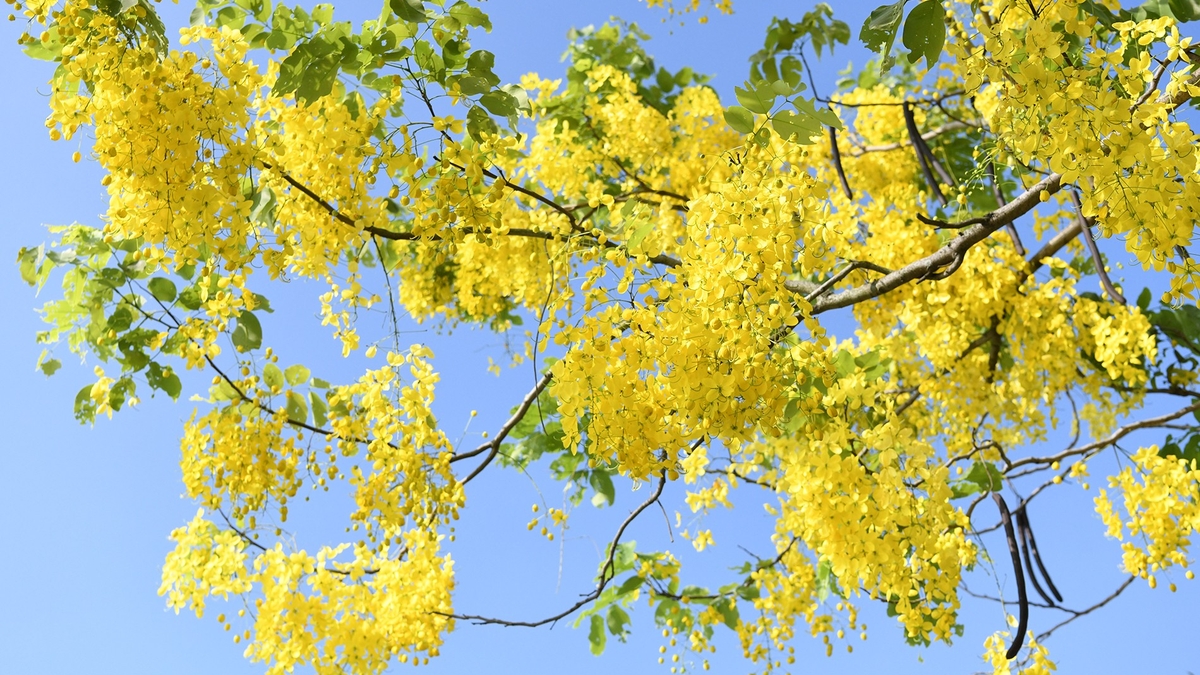

![[Photo] Prime Minister Pham Minh Chinh receives a bipartisan delegation of US House of Representatives](https://vphoto.vietnam.vn/thumb/1200x675/vietnam/resource/IMAGE/2025/5/28/468e61546b664d3f98dc75f6a3c2c880)





















![[Photo] 12th grade students say goodbye at the closing ceremony, preparing to embark on a new journey](https://vphoto.vietnam.vn/thumb/1200x675/vietnam/resource/IMAGE/2025/5/28/42ac3d300d214e7b8db4a03feeed3f6a)



































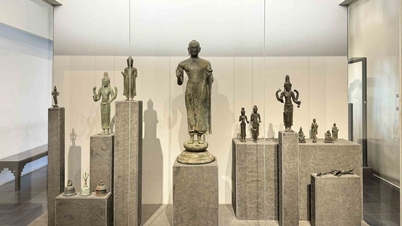


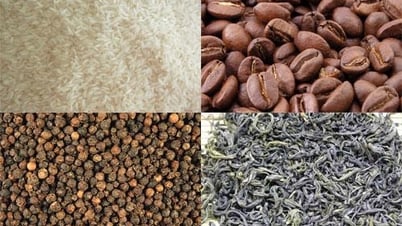

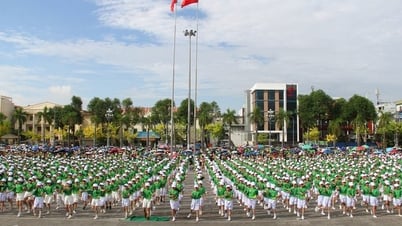
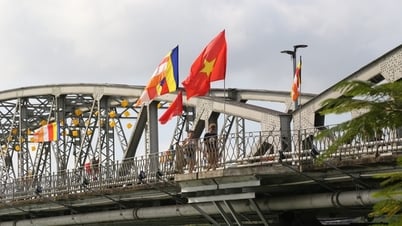


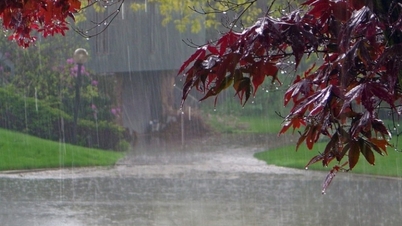





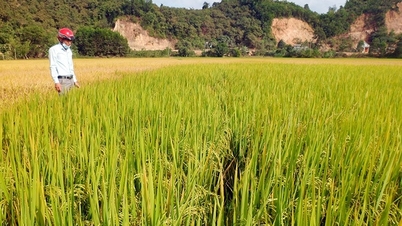












Comment (0)